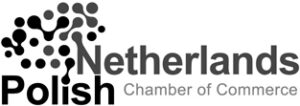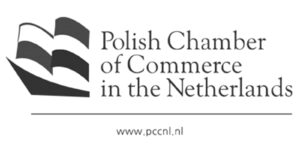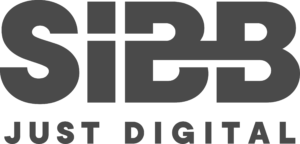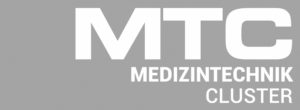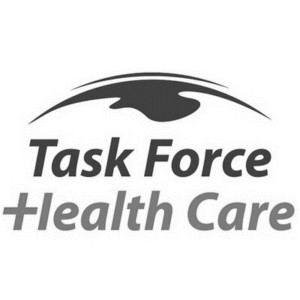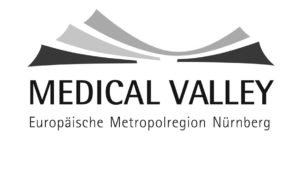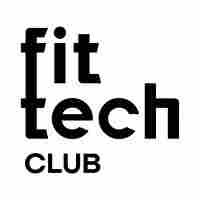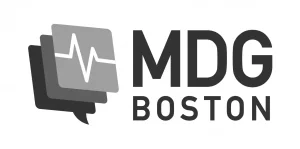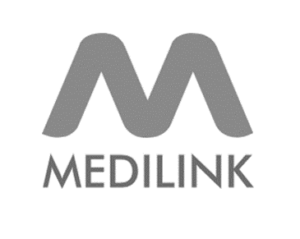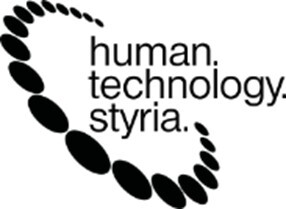Medical devices and IOT connectivity is expanding the connectivity capabilities of medical technologies and is about to revolutionize healthcare. This new international industry standard harmonizes the communication protocols of medical technologies. The IEEE 11073 service-oriented device connectivity (SDC) family of standards defines a communication protocol for point-of-care (PoC) medical devices.
SDC background
SDC is issued by the I Triple E and the International Organization for Standardization organizations leading in the standardization and application of principles like wireless LAN and Bluetooth worldwide.
- SDC sees the first standard dedicated to the advanced requirements of connectivity in high acuity medical environments.
- SDC enables secure and dynamic interoperability between medical devices at the point of care to potentially reduce preventable medical errors and workflow inefficiencies.
- The data transmission is bi-directional even allowing SDC capable devices from different manufacturers to interact.
- Since patient data transmitted via SDC is medical grade it can be used by therapy devices to enhance clinical capabilities and by clinicians to make timely care choices.
- Security principles like end-to-end encryption ensure that patients personal data is kept secure.
SDC could open up a whole new world of opportunities for technology developers hospitals and clinical personnel alike.
- As DC’s open communication protocol permits the aggregation of data from all connected devices helping with clinical decision support and data analytics.
- Its support of bind directional data flow enables remote control of medical device functionality which will help to streamline processes.
- The availability of data enables smart assistants and automation which can help to reduce errors and improve patient outcomes.
- The SDC standard has the potential to transform healthcare with connected devices and the internet of medical things.
- SDC should enhance the ability of providers to do their job safely efficiently and cost-effectively.
- Most importantly it should advance the delivery and quality of patient care.
And here the overview od the standards
IEEE 11073 SDC Core Standards
- The main purpose is to enable manufacturer-independent medical device-to-device interoperability.
- Furthermore, interconnection between medical devices and medical information systems is enabled.
- However, IEEE 11073 SDC does not compete with established and emerging standards like HL7 v2 or HL7 FHIR.
- IEEE 11073 SDC is part of the established ISO/IEEE 11073 family of standards.
ISO/IEEE 11073-20702
The standard “ISO/IEEE International Standard for Health informatics – Point-of-care medical device communication – Part 20702: Medical devices communication profile for web services” (short Medical DPWS or MDPWS) enables the foundational interoperability between medical devices.
This includes the ability of medical devices to exchange data safely in a distributed system and the ability to discover network participants dynamically. MDPWS is derived from the OASIS standard Devices Profile for Web Services (DPWS). It defines extensions and restrictions to meet safety requirements of medical devices for high acuity environments.
ISO/IEEE 11073-10207
The Standard “ISO/IEEE International Standard – Health informatics–Point-of-care medical device communication – Part 10207: Domain Information and Service Model for Service-Oriented Point-of-Care Medical Device Communication” is derived from the IEEE 11073-10201 Domain Information Model. It is designed to meet the requirements of networked systems of medical devices establishing multipoint-to-multipoint communication.
ISO/IEC/IEEE 11073-20701
The “ISO/IEC/IEEE International Standard for Health informatics – Device interoperability – Part 20701: Point-of-care medical device communication–Service oriented medical device exchange architecture and protocol binding” defines the all-over service-oriented architecture.
IEEE 11073-1070X Participant Key Purpose (PKP) Series
PKPs describe process requirements according to the role of a network participant. While P11073-10700 defines the Base PKP with basic requirements for participating providers and consumers, the three additional PKP standards focus on specific functionalities:
- Providing and consuming information in terms of metric data
- Providing and consuming alerts
- Providing and consuming external control functionalities
PKPs are thus independent from the particular medical devices and their concrete medical use case. However, they mainly restrict the IEEE 11073 SDC Core standards to enable safe and interoperable medical device systems and to facilitate the approval process.
IEEE 11073-1072X Devices Specialisation (DevSpec) Series
In contrast to PKPs, the DevSpecs are standards for particular classes of medical devices. DevSpecs describe the way the devices are modelled in the network representation and define requirements for the interaction of provider and consumer via SDC, if necessary.
Open Source Implementations
There are open source libraries available implementing the IEEE 11073 SDC standards:
- openSDC (written in Java)
- SDCLib/C (written in C++, formerly known as OSCLib)
- SDCLib/J (written in Java, formerly known as SoftICE)
- SDCLib/J (fork) (written in Java, fork of the former main author which implements the latest features)
- SDCri (SDC Reference Implementation) (written in Java)
- SDC11073 (written in Python, formerly known as pySDC)
Here the video to this topic from Dräger Global:

